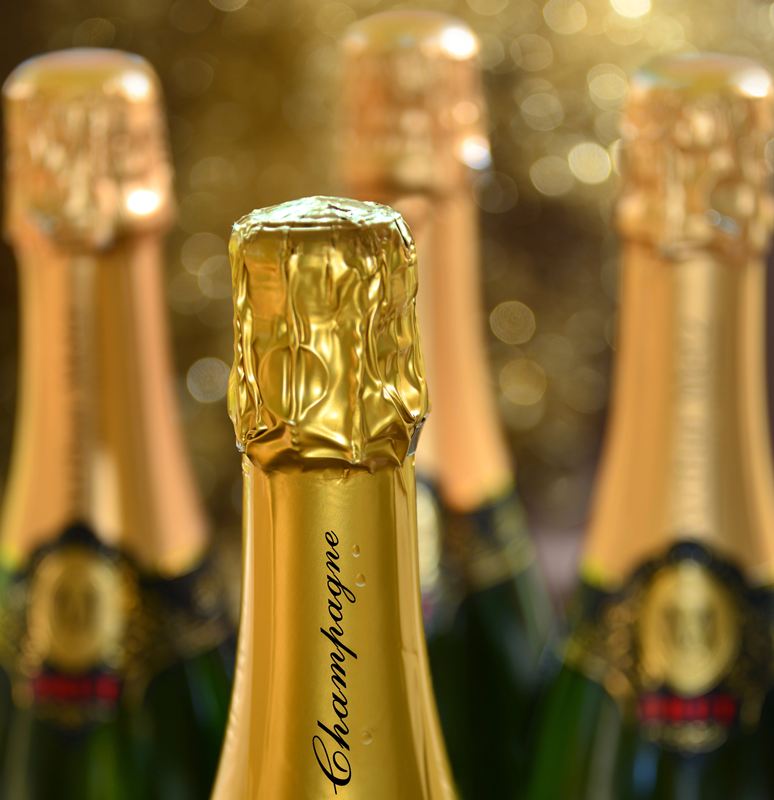Champagne producers no longer required to use foil capsule on bottles under new European regulation
Industry weighs tradition against sustainability as study finds little risk to Champagne’s image or sales without the coiffe
2025-09-01

Since 2023, a new European regulation has made the use of the foil capsule, known as the “coiffe,” on bottles of sparkling wine optional. This change was confirmed by the Comité Champagne, the organization representing the interests of Champagne producers. The coiffe, traditionally placed over the cork and wire cage of Champagne bottles, has long been seen as a symbol of authenticity and quality. However, under the updated rules, its use is no longer mandatory unless an appellation chooses to keep it in its own specifications.
Each protected designation of origin (AOP) can still require the coiffe if it wishes. In response to the regulatory change, the Champagne industry began a process with France’s Institut national de l’origine et de la qualité (Inao) to maintain the requirement temporarily. This allowed time for a study on how consumers perceive the coiffe and what role it plays in their purchasing decisions.
The study found that most consumers see the coiffe as an important part of Champagne’s identity. Many buyers said they preferred bottles with a coiffe over those without one. Despite this preference, researchers concluded that removing the coiffe does not pose a significant risk to either the image or overall sales of Champagne. The Comité Champagne decided to end its request to keep the coiffe mandatory, stating that while individual producers might face some risk if they stop using it, there is no collective threat to the reputation or market position of Champagne as a whole.
Some winemakers in Champagne have pushed for dropping the coiffe for environmental reasons and to gain more independence in packaging choices. During the COVID-19 pandemic, supply chain disruptions made it difficult for producers to obtain coiffes. This led some growers to look for alternatives that do not use aluminum or plastic, which are materials often found in traditional coiffes and are not always recycled.
Vincent Cuillier, a grower and co-founder of the “Ça décoiffe en Champagne” collective, explained that during the pandemic, producers struggled to source coiffes and began searching for more sustainable packaging options. He said they wanted to avoid creating waste from materials that are rarely recycled. Olivier Horiot, another grower from Aube and member of the Confédération paysanne, added that large amounts of plastic were being discarded unnecessarily. He believes there are more natural ways to dress a bottle and supports giving producers the freedom to choose whether or not to use a coiffe.
The decision reflects changing attitudes within the industry and among consumers about packaging and sustainability. While many still associate the coiffe with tradition and luxury, others see value in reducing waste and allowing winemakers more flexibility in how they present their products. The new regulation gives each producer in Champagne—and across Europe—the option to decide what works best for their brand and their customers.
Founded in 2007, Vinetur® is a registered trademark of VGSC S.L. with a long history in the wine industry.
VGSC, S.L. with VAT number B70255591 is a spanish company legally registered in the Commercial Register of the city of Santiago de Compostela, with registration number: Bulletin 181, Reference 356049 in Volume 13, Page 107, Section 6, Sheet 45028, Entry 2.
Email: [email protected]
Headquarters and offices located in Vilagarcia de Arousa, Spain.